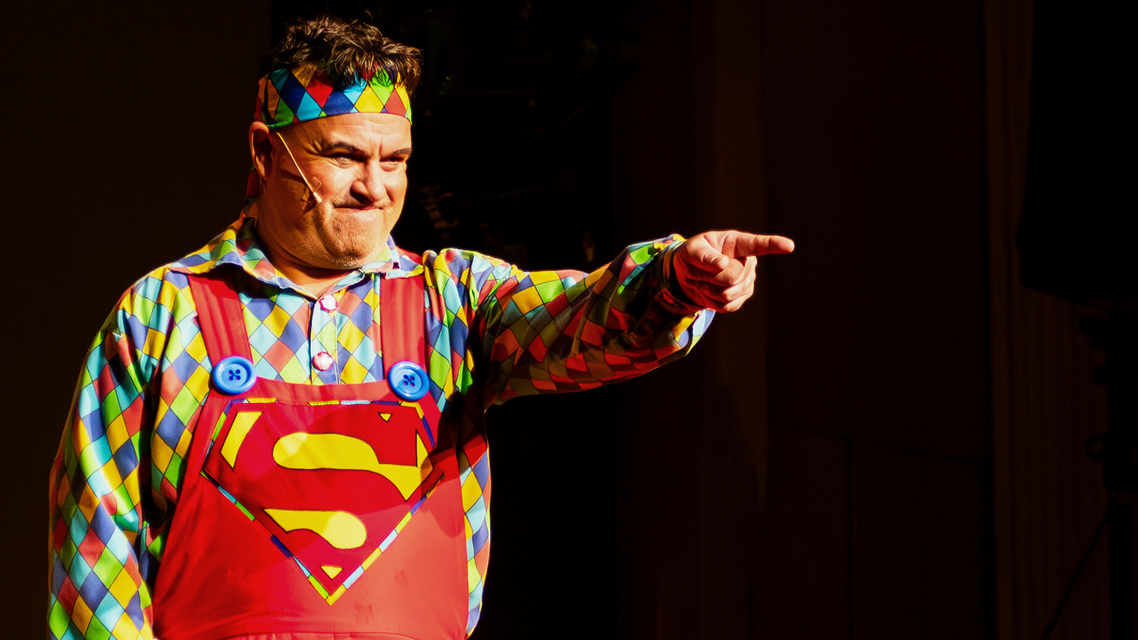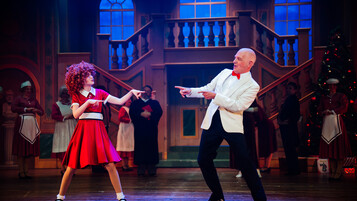News Story
Today, the word "pantomime" conjures images of glittering costumes, audience singalongs, slapstick comedy, and festive family outings. But few realise that the roots of this beloved British Christmas tradition stretch all the way back to the bustling streets and lively markets of Renaissance Italy.
The journey from open-air performances to the grand, riotous pantos of modern Britain is a fascinating tale of cultural fusion, theatrical innovation, and enduring popular appeal. So, how did Italian street theatre become a classic British staple? Let’s find out.
From the Piazzas of Italy: Commedia dell’arte
Pantomime’s ancestry can be traced to commedia dell’arte - a vibrant form of street theatre that flourished in the heart of Italy during the 16th century. Performed by travelling companies, commedia relied heavily on improvisation, stock characters, and physical comedy to entertain audiences. Performances featured instantly recognisable figures, telling the tale of Pierrot, old man Pantalone and Columbine, a girl who fell in love with a wayward servant called Arlecchino. In some versions, Pantalone (or Pantaloon) had a servant called Punchinello, a clownish character who can still be seen today as Mr. Punch, the eccentric puppet.
The emphasis on exaggerated gestures and physical humour made commedia dell’arte accessible even to those who spoke different dialects - or who, as was often the case in England later on, spoke no Italian at all.
Commedia’s arrival in England
By the 17th century, commedia dell’arte had made its way across Europe, influencing various forms of entertainment wherever it landed. In England, it caught the imagination of a society already in love with the pageantry and spectacle of theatre of the time. It was during the Restoration period that English theatre experienced a renaissance of its own, and the slapstick antics of commedia characters found a natural home on the English stage.
The figure of Harlequin proved particularly popular. Over time, Harlequin evolved into the central figure of the "Harlequinade," a short, comic piece often performed between the acts of more serious plays. These Harlequinades, with their blend of mime, acrobatics, and magical transformations, became wildly popular in their own right.
The birth of the British pantomime
By the early 18th century, these influences began to fuse into something distinctly British. Playwrights and theatre managers like John Rich, a celebrated Harlequin himself, expanded the Harlequinade format, incorporating music, dance, and fantastic storytelling. Sound familiar? Rich's productions at Covent Garden helped establish a Christmas-season tradition of comic theatrical extravaganzas – an occasion that went by the name we know and love: pantomime.
As time progressed, the pantomime began absorbing elements from fairy tales, nursery rhymes, and folk stories, adding the whimsical narrative structure that commedia had previously lacked.
But it was during the Victorian era that the format crystallised into the familiar shape we know today: a "Principal Boy" (traditionally played by a young woman in breeches), a "Dame" (a comic, cross-dressing older woman), audience participation ("He's behind you!"), topical jokes, and songs both old and new.
This uniquely British hybrid - a combination of Italian improvisation, English folk humour, Victorian melodrama, and modern pop culture - became a staple of Christmas celebrations, a position it still holds nearly three centuries later.
A tradition that will continue to evolve
While pantomime’s roots are steeped in tradition, the form is anything but static. Today’s pantos incorporate contemporary music, celebrity guest stars, and knowing winks to the latest trends in pop culture. So much so that in every hearty boo, shouted warning, or slapstick tumble, you can hear the echoes of those early Italian street performers who first brought joy to the crowds — and unwittingly helped shape a beloved British tradition.



